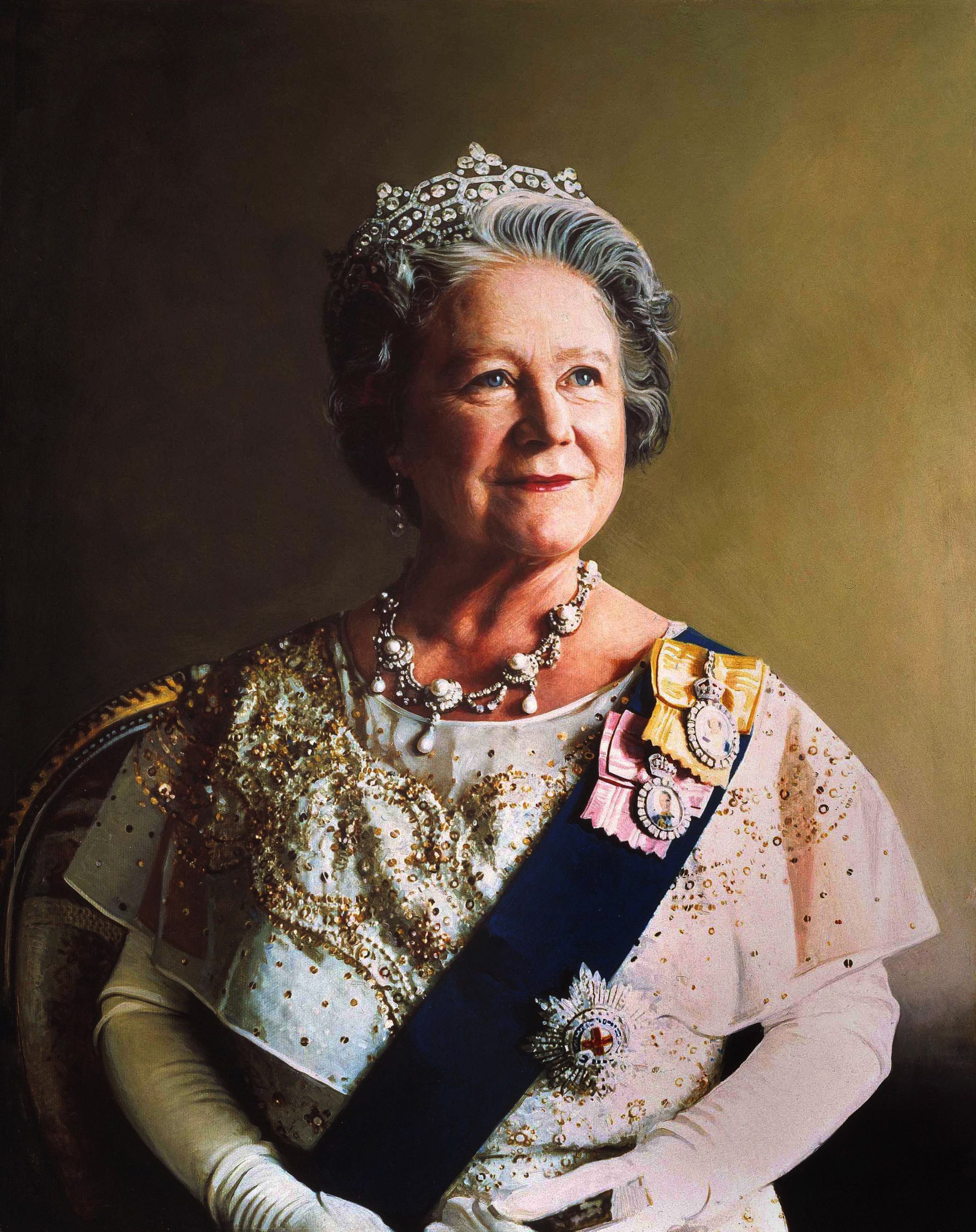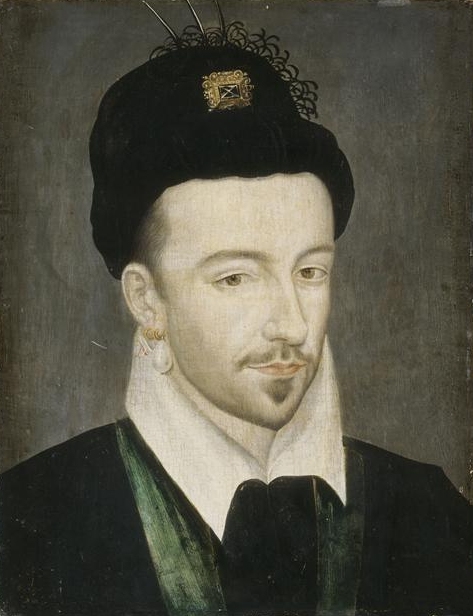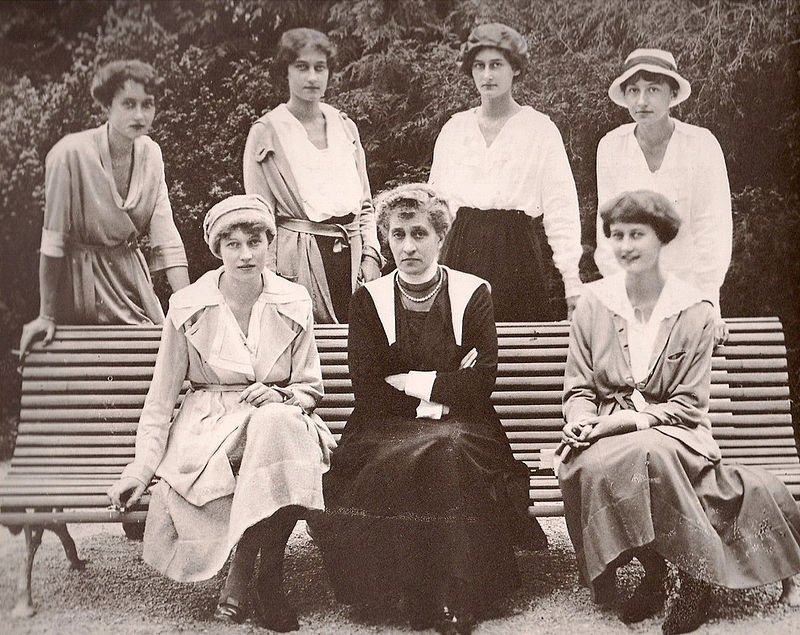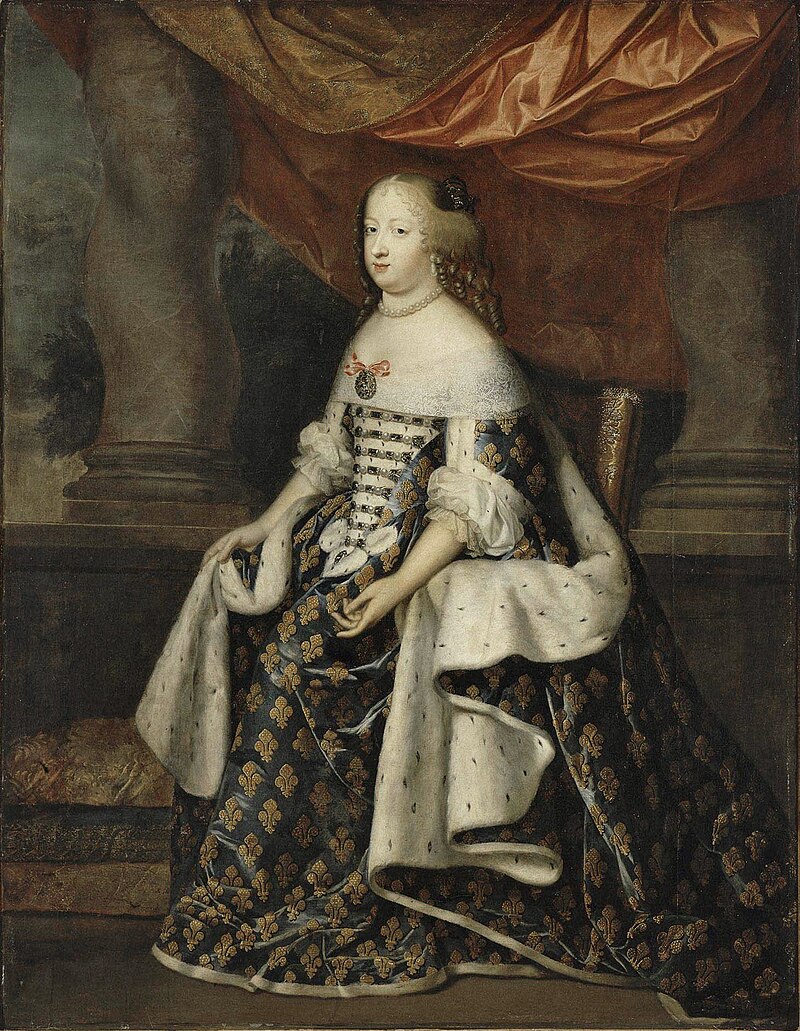© Unofficial Royalty 2023
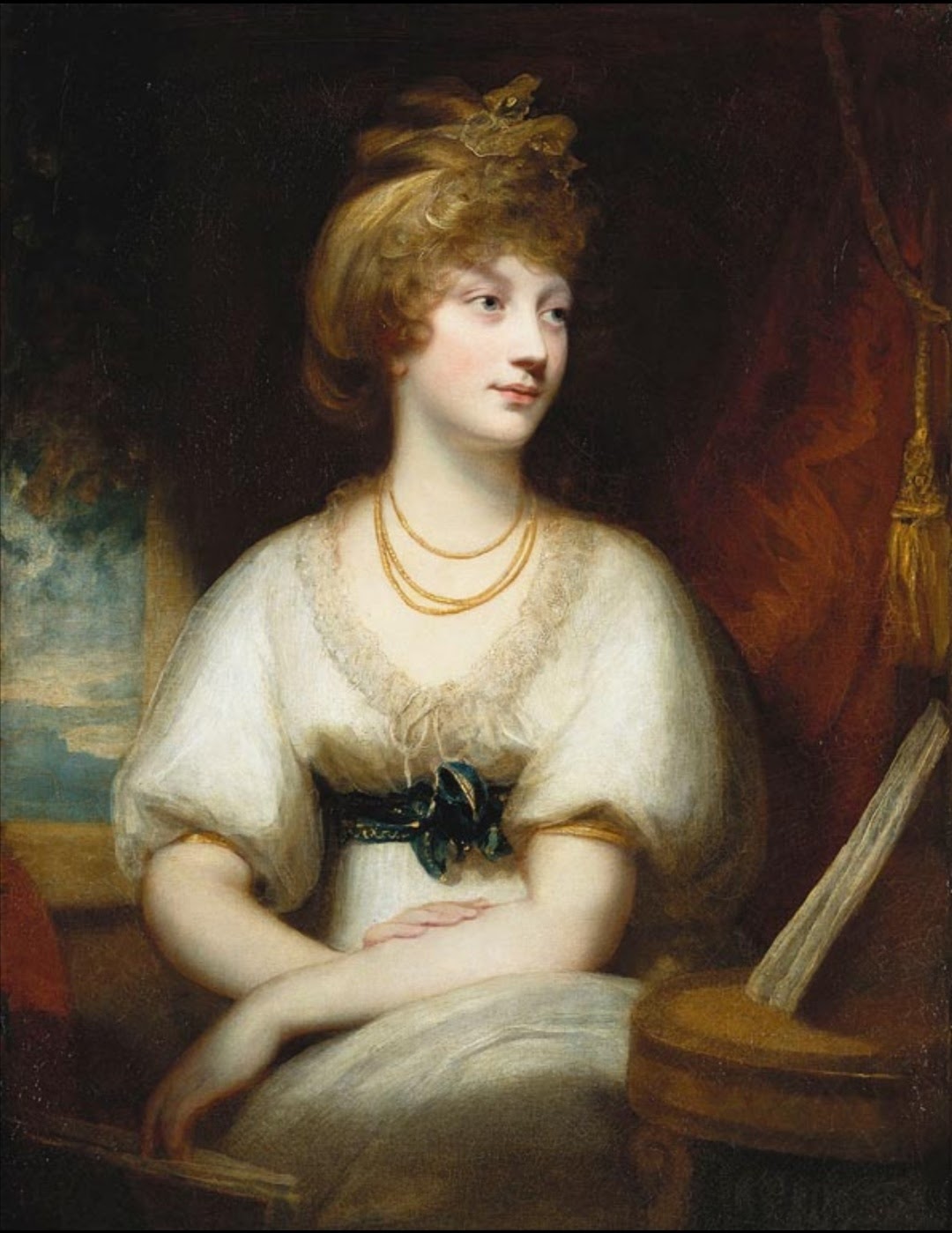
Princess Amelia of the United Kingdom; Credit – Wikipedia
August 7, 1282 – Birth of Elizabeth of Rhuddlan, Countess of Holland, Countess of Hereford, daughter of King Edward I of England, at Rhuddlan Castle in Wales
Elizabeth married Humphrey de Bohun, 4th Earl of Hereford and Constable of England and the couple had ten children. Elizabeth and especially her husband Humphrey had issues with King Edward II’s relationship with his favorite Piers Gaveston who Humphrey bluntly called a traitor. This caused years of estrangement between Elizabeth and her brother King Edward II. They were finally reconciled in 1315, three years after Gaveston’s murder by English nobles who had had enough of him. Elizabeth gave birth on May 5, 1316, to her tenth child, a daughter but sadly, 33-year-old Elizabeth and her daughter both died the same day.
Unofficial Royalty: Elizabeth of Rhuddlan, Countess of Holland, Countess of Hereford
August 7, 1385 – Death of Joan of Kent, 4th Countess of Kent, Princess of Wales, wife of Edward, Prince of Wales (the Black Prince) and the mother of King Richard II of England, at Wallingford Castle in Oxfordshire, England; buried at the Church of the Greyfriars, a Franciscan friary in Stamford, Lincolnshire, England
Joan’s father was Edmund of Woodstock, 1st Earl of Kent, the younger of the two sons of King Edward I of England and his second wife, Margaret of France, and was, therefore, a half-brother of King Edward II. Joan and her first husband Thomas Holland are the ancestors of many prominent figures in the Wars of the Roses, including Richard Plantagenet, 3rd Duke of York (father of King Edward IV and King Richard III), Henry Tudor (later King Henry VII) and his wife Elizabeth of York (daughter of King Edward IV), Richard Neville, 16th Earl of Warwick (the Kingmaker) and his daughter Anne Neville (wife of King Richard III). They were also ancestors of Catherine Parr, the sixth and last wife of King Henry VIII. After the death of her first husband, Joan married Edward, Prince of Wales (the Black Prince), her first cousin once removed and the son and heir of King Edward III of England, and became the very first Princess of Wales. Her husband predeceased his father Edward III and their son succeeded his grandfather as King Richard II. Joan requested to be buried beside her first husband at the Church of the Greyfriars, a Franciscan friary in Stamford, Lincolnshire, England which was destroyed during King Henry VIII’s Dissolution of the Monasteries.
Unofficial Royalty: Joan of Kent, 4th Countess of Kent, Princess of Wales
August 7, 1751- Birth of Wilhelmina of Prussia, Princess of Orange, wife of Willem IV, Prince of Orange, in Berlin, Kingdom of Prussia, now in Brandenburg, Germany
Full name: Friederike Sophie Wilhelmina
In 1767, 16-year-old Wilhelmina married 19-year-old Willem V, Prince of Orange, son of Willem IV, Prince of Orange and Anne, Princess Royal, eldest daughter of King George II of Great Britain. The marriage was negotiated at the request of the bride’s uncle King Friedrich II of Prussia. In 1795, the revolutionary Patriots, supported by the French Army, replaced the Dutch Republic with the Batavian Republic which remained in power until 1806. Willem V and his family fled to England where they lived in exile until 1802 in London in the part of Kew Palace known as the Dutch House with the permission of Willem’s first cousin King George III. In 1802, the family went to Germany where they lived in Nassau and Brunswick. Willem spent the rest of his life in exile. Wilhelmina eventually returned to the Netherlands and survived long enough to see her son become Willem I, the first King of the Netherlands.
Unofficial Royalty: Wilhelmina of Prussia, Princess of Orange
August 7, 1783 – Birth of Princess Amelia of the United Kingdom, daughter of King George III of the United Kingdom, at Royal Lodge in Windsor, Berkshire, England
Amelia was the sixth of the six daughters and the youngest of the fifteen children of King George III. The living conditions of King George III’s daughters came to be known as “the Nunnery.” None of the daughters was allowed to marry at the age when most princesses would marry. Only three of the six daughters were eventually allowed to marry. Amelia was frequently ill and her early symptoms indicate tuberculosis. While taking a cure at the seaside town of Weymouth, she was accompanied by Colonel The Honorable Charles Fitzroy, an equerry to King George III. A romance began that was immediately shut down by Amelia’s mother Queen Charlotte. By 1810, Amelia was fatally ill with pulmonary tuberculosis when she developed erysipelas, an acute skin infection. Before the advent of antibiotics, erysipelas frequently resulted in death. On her deathbed, Amelia made a will leaving much of her assets to Charles Fitzroy. Amelia made one last attempt to marry Fitzroy when she asked her doctor to seek permission from her father to marry. The doctor refused her request. Amelia died at the age of 27 with her sister Mary at her bedside. Mary wrote to Fitzroy, “My dear Fitzroy, Our beloved Amelia is no more but her last words to me were, ‘Tell Charles I die blessing him.'”
Unofficial Royalty: Princess Amelia of the United Kingdom
August 7, 1821 – Death of Caroline of Brunswick, Queen of the United Kingdom, estranged wife of King George IV of the United Kingdom, at Brandenburg House in Hammersmith, London, England; buried at the Cathedral of St. Blasius in Brunswick, Duchy of Brunswick, now in Lower Saxony, Germany
Caroline was chosen as the bride for her first cousin, the future King George IV. This marriage is one of the worst ever royal marriages. It is doubtful that the couple spent more than a few nights together as husband and wife. Their only child, Princess Charlotte of Wales, was born nine months later. Caroline and George both found each other equally unattractive and never lived together nor appeared in public together. When George became king in 1820, George was determined to be rid of Caroline and his government introduced a bill in Parliament, the Pains and Penalties Bill 1820, to strip Caroline of the title of queen consort and dissolve her marriage. Although the bill passed, it was so controversial that the Prime Minister withdrew it. No plans had been made for Caroline to participate in George IV’s coronation. On the day of the coronation, Caroline went to Westminster Abbey, was barred at every entrance, and finally left. Three weeks later Caroline died at the age of 53. Prior to her death, Caroline had requested that she be buried in her native Brunswick. The official route of Caroline’s funeral cortege through London was to avoid major streets. However, members of the public blocked those streets and forced a new route through the major streets. Caroline was buried alongside her father. Her casket bears the inscription, “Here lies Caroline, the Injured Queen of England.”
Unofficial Royalty: Caroline of Brunswick, Queen of the United Kingdom
August 7, 1834 – Birth of Sophie of Baden, wife of Woldemar, Prince of Lippe, in Karlsruhe, then in the Grand Duchy of Baden, now in the German state of Baden-Württemberg
Unofficial Royalty: Sophie of Baden, Princess of Lippe (article coming soon)
August 7, 1862 – Birth of Queen Victoria of Sweden, wife of King Gustav V of Sweden, born Victoria of Baden in Karlsruhe, Grand Duchy of Baden, now in Baden-Württemberg, Germany
Full name: Sophie Marie Viktoria
In 1881, Victoria married the future King Gustaf V of Sweden. As a great-granddaughter of King Gustaf IV Adolf of Sweden, Victoria’s marriage united the former ruling house of Holstein-Gottorp with the new Bernadotte dynasty, and she was known in Sweden as the ‘Vasa Princess’. The couple had three children including King Gustaf VI Adolf who married Princess Margaret of Connaught and Lady Louise Mountbatten. When her husband became king, Victoria took part in all the court festivities and responsibilities of her new role. She traveled extensively with her husband and entertained visiting royalty from around Europe. She spent much of her time working with several charities, including taking the helm of Sophiahammet after the death of her mother-in-law Queen Sofia. During World War I, Queen Victoria’s German roots often led to unpopularity amongst the Swedes.
Unofficial Royalty: Victoria of Baden, Queen of Sweden
August 7, 1909 – Birth of Prince Roberto Hugo of Parma, Duke of Parma, at Weilburg Palace in Baden bei Wien, Austria
Roberto Hugo was the head of the house of Bourbon-Parma and pretender to the former throne of the Duchy of Parma from 1959 until 1974.
Unofficial Royalty: Prince Roberto Hugo of Parma, Duke of Parma
August 7, 1947 – Death of Hermine Reuss of Greiz, German Empress, Queen of Prussia, second wife of Wilhelm II, German Emperor, King of Prussia, at Paulinenhof, a Soviet internment camp near Brandenburg, Germany; buried at the Temple of Antiquities in Potsdam, Germany
Hermine was a widow with five children when one of Hermine’s sons sent birthday wishes to Wilhelm II, formerly German Emperor, living in exile at Huis Doorn in Doorn, the Netherlands, who then invited the boy and his mother to Doorn. Wilhelm found Hermine very attractive and greatly enjoyed her company. Having both been recently widowed, the two had much in common. Wilhelm was determined to marry Hermine despite objections from his children. 63-year-old Wilhelm and 34-year-old Hermine married on November 5, 1922, in Doorn. Although Wilhelm had abdicated, he continued to use his royal styles and titles and therefore Hermine was styled Her Imperial Majesty The German Empress, Queen of Prussia. Hermine returned to Germany after Wilhelm’s death in 1941. After World War II, Hermine was held under house arrest at Frankfurt an der Oder in the Soviet Zone of Germany. She died at Paulinenhof, a Soviet internment camp near Brandenburg, Germany. She was buried at the Temple of Antiquities in Potsdam, Germany where Wilhelm’s first wife, Augusta Victoria of Schleswig-Holstein, and several other family members are also buried.
Unofficial Royalty: Hermine Reuss of Greiz, German Empress, Queen of Prussia
August 7, 1972 – Death of Aspasia Manos, Princess of Greece, wife of King Alexander I of Greece, in Venice, Italy; first buried at the Cemetery of San Michele Island near Venice, Italy, reburied at the Tatoi Royal Cemetery in Greece
Aspasia and Prince Alexander, the second son of King Constantine I of Greece, began a romance, despite the unlikelihood of being able to marry due to their different ranks. In June 1917, King Constantine I was forced to step down from the throne, and his son Alexander was appointed to replace him. Despite the challenges from his family and the Prime Minister, Aspasia and Alexander married secretly on November 17, 1919. Aspasia was not given the title of Queen, instead, she was known simply as Madame Manos. Less than a year later, King Alexander died after contracting septicemia from a monkey bite several weeks earlier. Aspasia was four months pregnant at the time and gave birth to their daughter Alexandra in 1921. Alexander’s father was restored to the throne and issued a decree recognizing the marriage of Alexander and Aspasia and legitimizing their daughter Alexandra. Aspasia was now Princess Alexander of Greece and Denmark. Despite this, her relationship with her husband’s family was never easy.
Unofficial Royalty: Aspasia Manos, Princess of Greece
This article is the intellectual property of Unofficial Royalty and is NOT TO BE COPIED, EDITED, OR POSTED IN ANY FORM ON ANOTHER WEBSITE under any circumstances. It is permissible to use a link that directs to Unofficial Royalty.



